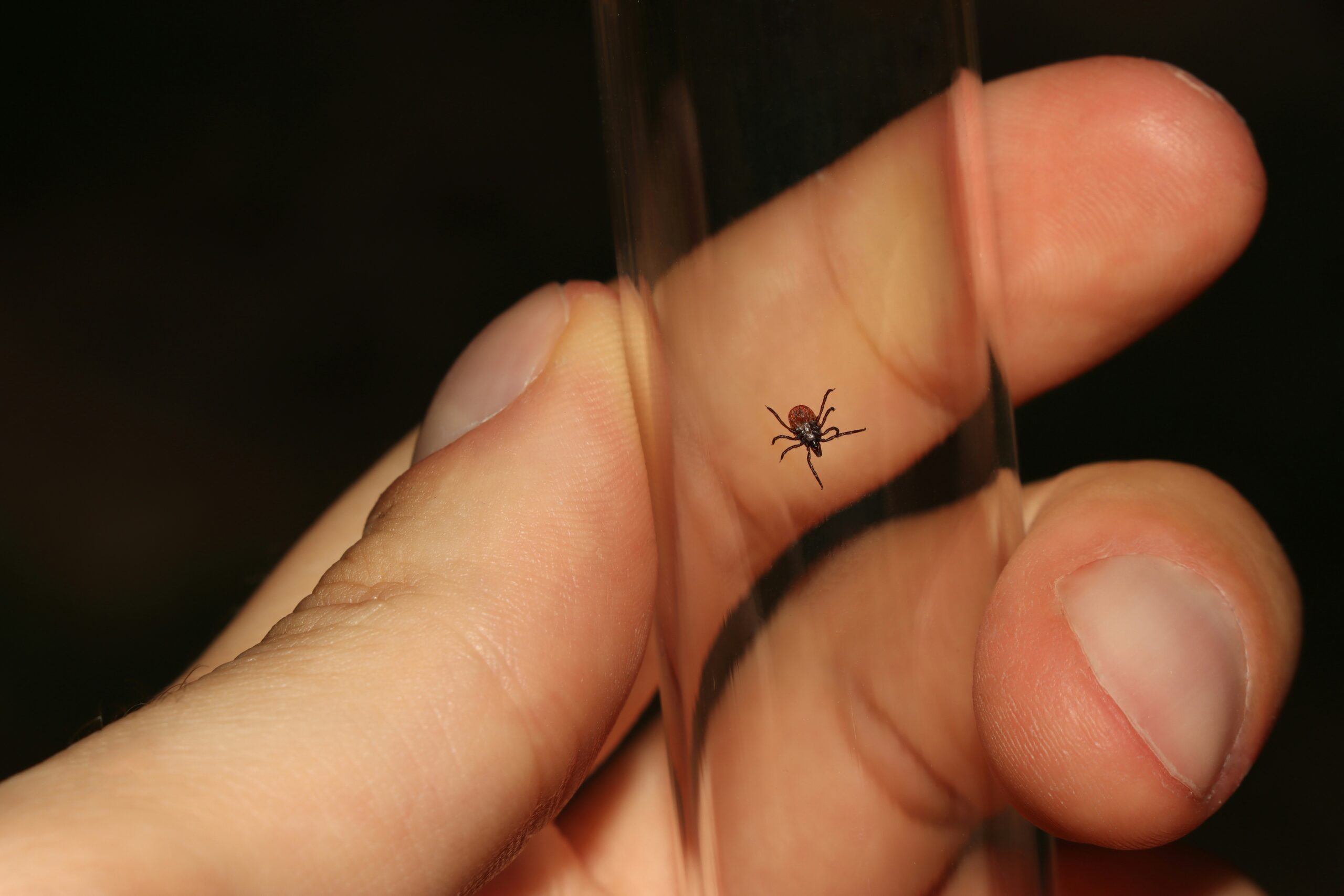Ticks are tiny, but they can cause big problems. These little critters can transmit diseases like Lyme disease, which can lead to serious health issues if not caught early.
So, to help you stay safe and tick-free, here are five tips you should definitely keep in mind.
1. Dress Smartly
First things first, let’s talk about your outfit. When you’re heading into areas where ticks are common, like wooded or grassy places, dressing the right way is your first line of defense. Wear long sleeves, long pants, and tuck your pants into your socks. This may not be the most fashionable look, but it’s incredibly effective. Light-colored clothing is best because it makes it easier to spot ticks crawling on you before they can latch on.
2. Use Tick Repellent
Next up, let’s arm ourselves with some good old-fashioned bug repellent. Look for repellents that contain at least 20% DEET, picaridin, or IR3535. These ingredients are effective at keeping ticks at bay. Spray it on all exposed skin and your clothing. If you prefer something more natural, oil of lemon eucalyptus can also work well. Just make sure you follow the instructions on the label for the best protection.
3. Stick to the Trails
When you’re out enjoying nature, try to stay in the center of hiking trails and avoid brushing up against tall grass and bushes. Ticks love to hang out in these spots, waiting for a host to walk by. By sticking to the trails, you reduce your chances of coming into contact with them. Plus, it’s a good excuse to keep the hike leisurely and scenic!
4. Perform Regular Tick Checks
This one is crucial: always do a tick check on yourself, your kids, and your pets after spending time outdoors. Ticks can be tiny, especially the nymphs, which are about the size of a poppy seed. Pay special attention to warm, moist areas like armpits, groin, behind the ears, and scalp. If you find a tick, don’t panic. Use fine-tipped tweezers to grasp the tick as close to the skin’s surface as possible and pull upward with steady, even pressure.
5. Keep Your Yard Tick-Free
Finally, let’s make sure your own backyard is as tick-unfriendly as possible. Keep your grass mowed short, and remove leaf litter and tall weeds. Create a tick-safe zone by placing a 3-foot wide barrier of wood chips or gravel between your lawn and wooded areas. If you have pets, treat them with tick preventatives recommended by your vet. The fewer ticks in your yard, the lower your risk of bites.
Why It’s Important
Now, you might be wondering why all this fuss about avoiding tick bites. Well, ticks can carry nasty diseases like Lyme disease, which can cause symptoms ranging from fatigue and joint pain to serious neurological problems. Other diseases include anaplasmosis, babesiosis, and Rocky Mountain spotted fever. The sooner you catch and remove a tick, the better your chances of avoiding these illnesses. Early detection and treatment are key to preventing long-term health issues.
Conclusion
To sum it up, avoiding tick bites means using a mix of strategies like wearing the right clothes, doing regular tick checks, and keeping your yard tick-free. These steps are crucial to lower the risk of illnesses. By being proactive and careful, you can enjoy the outdoors without worry. So, stay alert, follow these tips, and keep exploring and enjoying nature safely!







